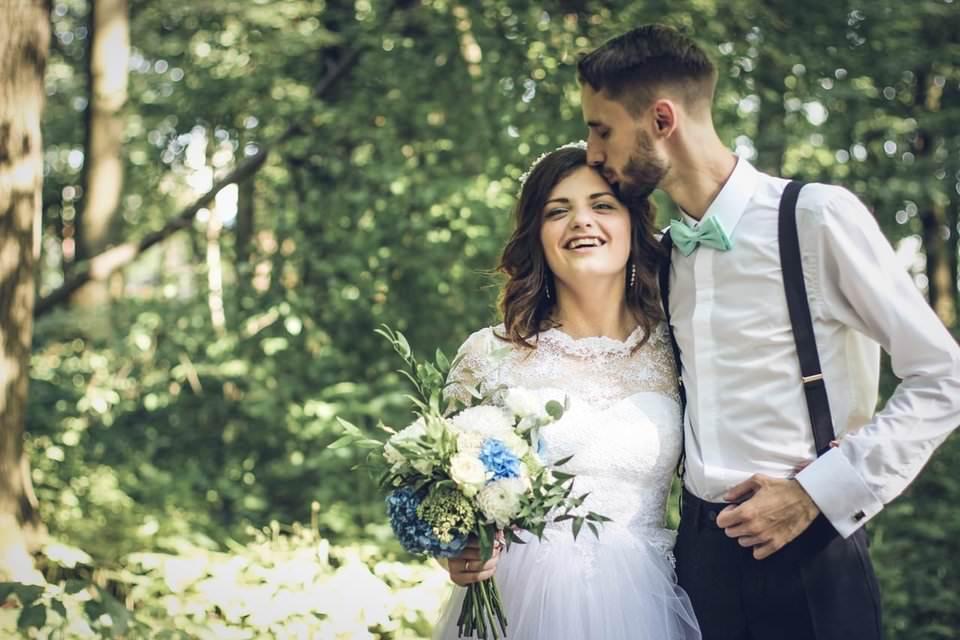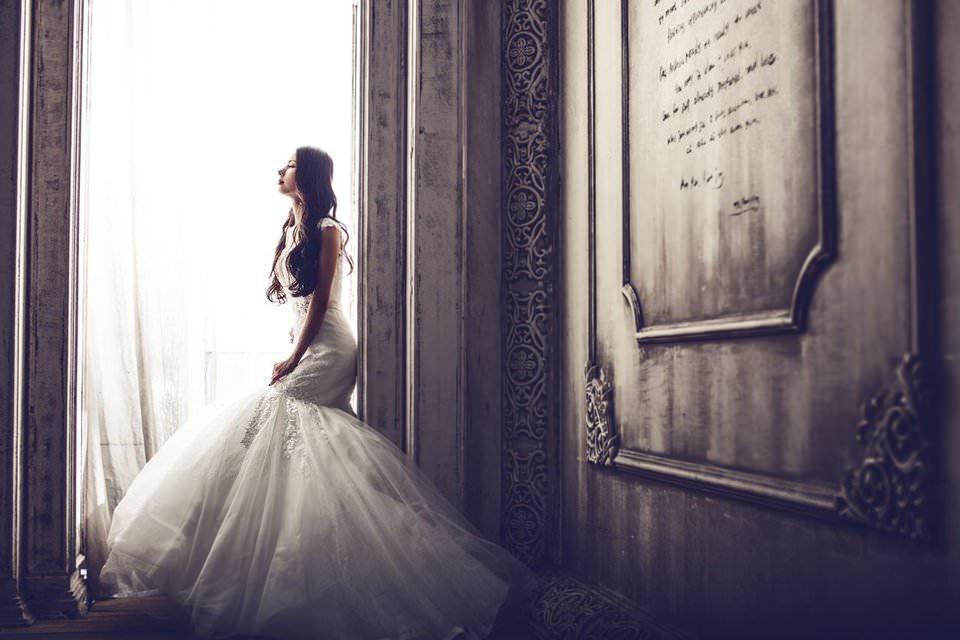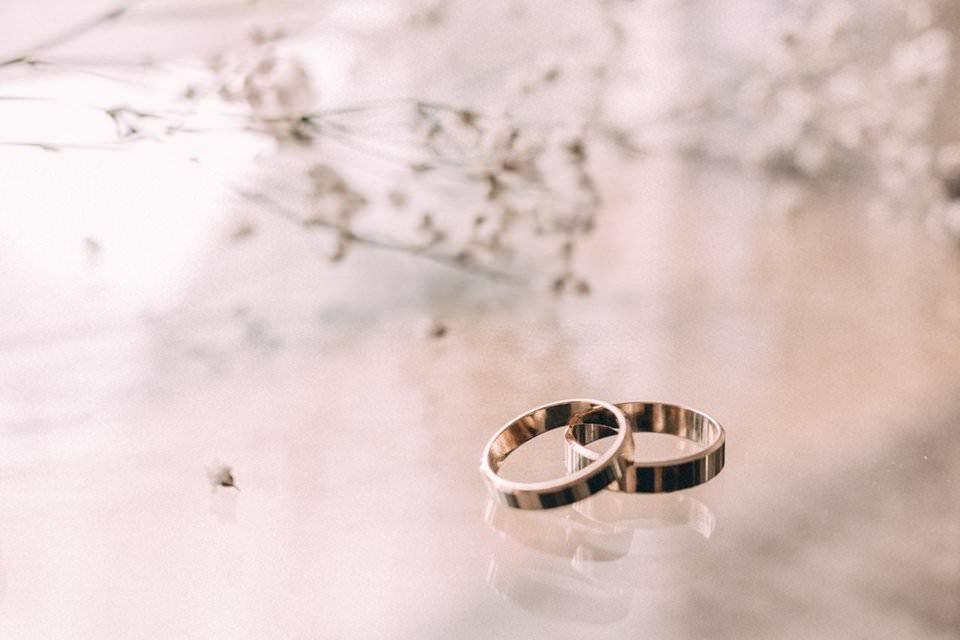Essential Wedding Photography Tips for Beginners
Photographing weddings is a hard task, and you only get one chance at it, so there is no room for mistakes. This is a special day for the couple, and your photos will be stored as memories for generations. So, more than perhaps any other genre of photography, it is crucial to prepare and practice ahead of time – the last thing you want to do is mess it up. Especially if you are just beginning to shoot weddings, it is important to research everything ahead of time and leave nothing to chance. In this article, I will give you a few crucial tips and pointers to get you started.
Table of Contents
The first step before you start planning anything is to meet up with the couple and talk about their requirements for your wedding photography, including any special requests. This might sound simple, but it is one of the best ways to determine the type of images your client will like the most. No two couples will have the same requirements!

With help from the couple, it is useful to write a list of the key wedding guests to photograph, including who needs to be in the group shots. Your clients will not be impressed to receive their photos and realize their parents aren’t in any of the pictures, or you left their grandparents out of the group shots.
I would highly recommend checking out the locations beforehand so you can choose the best spots to photograph. This also should help ease any tension before the day arrives. It is a good idea to take the couple to the locations to get their input. You should consider taking some test shots with different poses in various spots so you know what to do for the wedding itself.
Practicing before the event is key for a successful shoot. If you go without any experience photographing people or weddings, you are setting yourself up for failure.
But chances are good that you’ve taken photos of people before, or this is not the sort of article you would be reading! So, build upon that experience by photographing your friends or family around the house. If it is one of your first times photographing a wedding, you can even take your friends to the location of the ceremony in order to practice and gain confidence.

There is nothing worse than being clueless about where and when to take your important photos. So, be sure to have a schedule of the day on hand. It is important to plan the places where you are going to stand while taking pictures, especially for the most important parts of the ceremony. So, scout the building (if it is an indoor wedding) ahead of time so you know how to move between the positions you have in mind. A good time to do this is at the rehearsals. Ask the couple if you can attend it, and they’ll probably be happy for you to go.
Taking a second photographer – or requesting the couple to find one – can be a huge help. It will relieve a lot of pressure off your back if something disastrous happens. For example, if you happen to miss an important (or even less important) moment, there is a good chance that your backup photographer will have these shots. Another benefit is that you can delegate your work, such as asking them to photograph only the guests while you focus on the bride and groom.
If you’re not familiar with the couple’s family and guests, it can be difficult trying to round them up for group shots. So, it is a good idea to get the couple to designate one of their family members to do this particular job.
It is important to make a list ahead of time with key events and subjects you will photograph, especially if you don’t have experience in shooting weddings. It is also a good idea to get the couple’s input on this. A few key events that come to my mind include walking down the aisle, the kiss, exchanging rings, cutting the wedding cake, and the dance. But don’t forget to shoot the small details such as flower bouquets, rings, and the wedding dress as well.

The weather during the wedding can ruin all your preparation if you don’t have a backup plan. Every photographer dreads facing rain on the big day, but you can use this to your advantage and get some very dramatic photos if you plan in advance.
Here are a few tips to get the most out of bad weather:
There are a few gear essentials you’ll need, including backup camera equipment in case something breaks. The same is true of memory cards and batteries – always bring a spare. Not everyone can afford to buy all of this outright, but you may be able to borrow from a friend or rent the equipment you need for a small fee.
Here is some of the basic gear you’ll need if you do not have it already:
Thank you to photographer Jake Turner for this guest post, written as part of the 2018 Photography Life guest post contest! You can check out more of Jake’s work at his 500px page.
